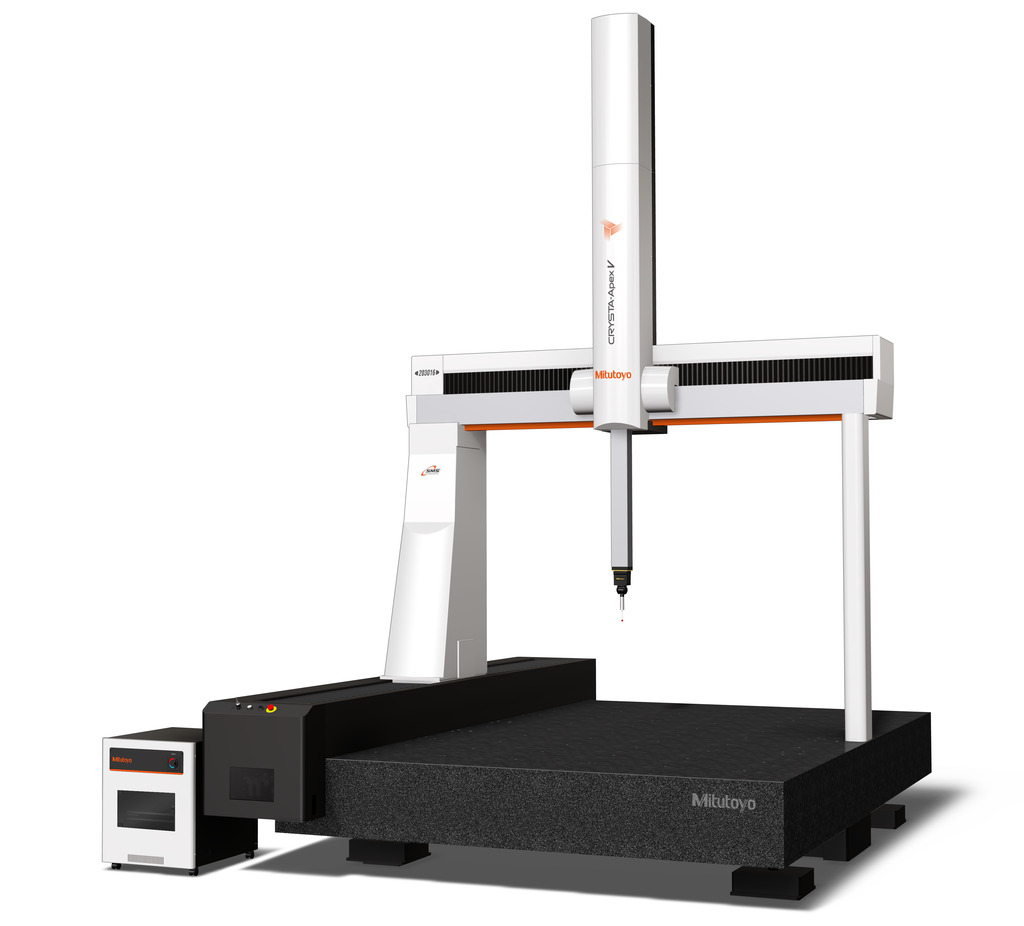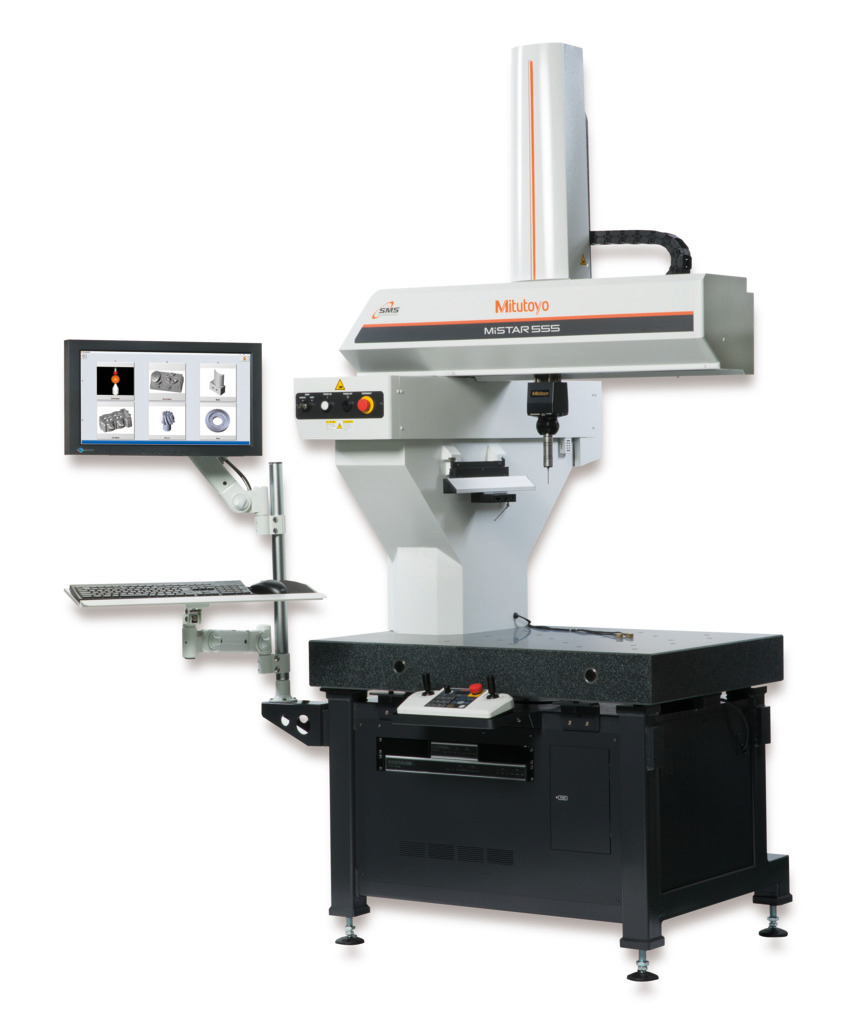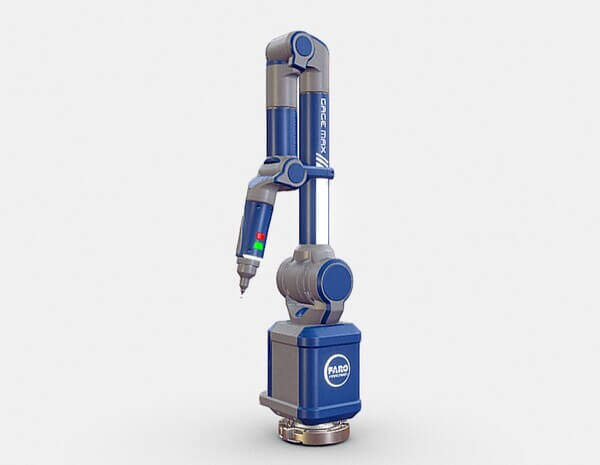

Coordinate Measuring Machines (CMMs) are essential in achieving high precision and quality control in modern manufacturing. Mitutoyo and Faro are two established names in this space, each offering unique solutions tailored to different needs. This article highlights their similarities and differences to help users choose the system best suited to their specific inspection requirements.

Mitutoyo offers a wide array of stationary CMMs optimized for high-accuracy measurements in temperature-controlled environments or production lines. These machines are known for their mechanical stability, repeatability, and system integration capabilities. Mitutoyo also supports various probe systems including tactile, scanning, and non-contact sensors, enabling adaptation to diverse part geometries.
Their MCOSMOS software platform provides advanced CAD integration, statistical process control (SPC), and automated inspection processes, making it a reliable choice for both lab and near-line usage. Ergonomics, environmental adaptability, and compatibility with automation systems are central to Mitutoyo’s offerings.

| Model | Measurement Range | Accuracy | Special Features |
|---|---|---|---|
| CRYSTA-Plus | 500 x 700 x 400 mm (typical) | ±2.0 µm | Bridge-type design, tactile/laser sensors, MCOSMOS integration |
| MiSTAR 555 | 570 x 500 x 500 mm | ±2.2 µm | Near-line compatible, thermal compensation, compact footprint |

Faro focuses on portable CMMs built around articulated arm designs, ideal for on-site inspections, reverse engineering, and manufacturing environments where mobility is key. The FaroArm series enables both tactile and laser scanning, often without the need for a fixed measuring station. Their systems are particularly useful in dynamic settings such as aerospace or automotive shops.

Faro CMMs are powered by CAM2 software, which offers intuitive 3D visualization, real-time alignment, and efficient inspection workflows. These systems are designed for quick deployment, requiring minimal setup and infrastructure. With multiple axes and degrees of freedom, they offer exceptional coverage and operator flexibility.
| Model | Measurement Range | Accuracy | Special Features |
|---|---|---|---|
| Gage Max | 1.2 m working volume | ±0.018 mm | 6-axis arm, portable, benchtop usage, fast setup |
| FARO ARM 8-Axis | Up to 4 m (depends on configuration) | ±0.029 mm | Rotating platform, reverse engineering, multi-sensor support |
While both Mitutoyo and Faro provide reliable metrology solutions, they approach CMM design from different perspectives. Mitutoyo emphasizes stability, precision, and automation in stationary environments, whereas Faro prioritizes flexibility, speed, and field deployment with mobile arms.
Mitutoyo CMMs, such as the CRYSTA-Plus and MiSTAR 555, are suitable for integration into controlled production lines or metrology labs. They feature sub-3 µm repeatability and compatibility with various sensors. Their MCOSMOS software further supports systematic inspections and statistical analysis, ideal for manufacturers aiming for high consistency and process optimization.
Faro’s CMMs, including the Gage Max and 8-Axis FaroArm, offer freedom of movement and quick setup, tailored for large or complex part inspections where traditional CMMs may be impractical. Though their accuracy is generally lower than Mitutoyo’s stationary models, Faro compensates with versatility, ease of use, and efficient data capture in real time.
Sensor integration also differs notably. Mitutoyo accommodates fixed or scanning probes that work well with automated routines. Faro emphasizes handheld probes that can quickly switch between tactile and laser scanning, allowing on-the-spot validation and surface capture.
In software, Mitutoyo’s MCOSMOS is structured and rich in statistical tools, making it ideal for operations where compliance and quality documentation are priorities. Faro’s CAM2, on the other hand, is designed for speed and visualization, helping technicians quickly interpret measurements and adjust processes accordingly.
Environmentally, Mitutoyo machines are designed for thermal stability and vibration resistance, while Faro systems are built for portability and adaptable to varying shop-floor conditions. In terms of support, both companies provide solid infrastructure, though Mitutoyo has a longer-standing global service presence, whereas Faro emphasizes responsive local technical assistance in key markets.
In summary, Mitutoyo systems are best suited for manufacturers requiring high accuracy, traceability, and automation, while Faro systems excel in environments that value flexibility, portability, and immediate feedback. The decision ultimately hinges on the measurement context, part complexity, and integration demands.
Mitutoyo CMMs are ideal for manufacturers operating in sectors such as precision machining, medical devices, and electronics where stable, repeatable inspections are critical. Their systems work well in labs or near-line stations integrated with enterprise quality systems.
Faro CMMs are best suited for industries such as aerospace, automotive repair, construction, or mold inspection, where quick setup, mobility, and 3D surface acquisition are essential. Their tools are also excellent for reverse engineering and maintenance inspections.
Mitutoyo and Faro offer distinct paths in dimensional metrology. While Mitutoyo excels in controlled, high-accuracy environments with robust automation and statistical tools, Faro delivers unmatched mobility, intuitive scanning, and field-ready performance. Understanding your inspection priorities—whether repeatability, speed, or flexibility—will guide your selection. Both brands represent leading-edge solutions supporting quality-driven manufacturing.